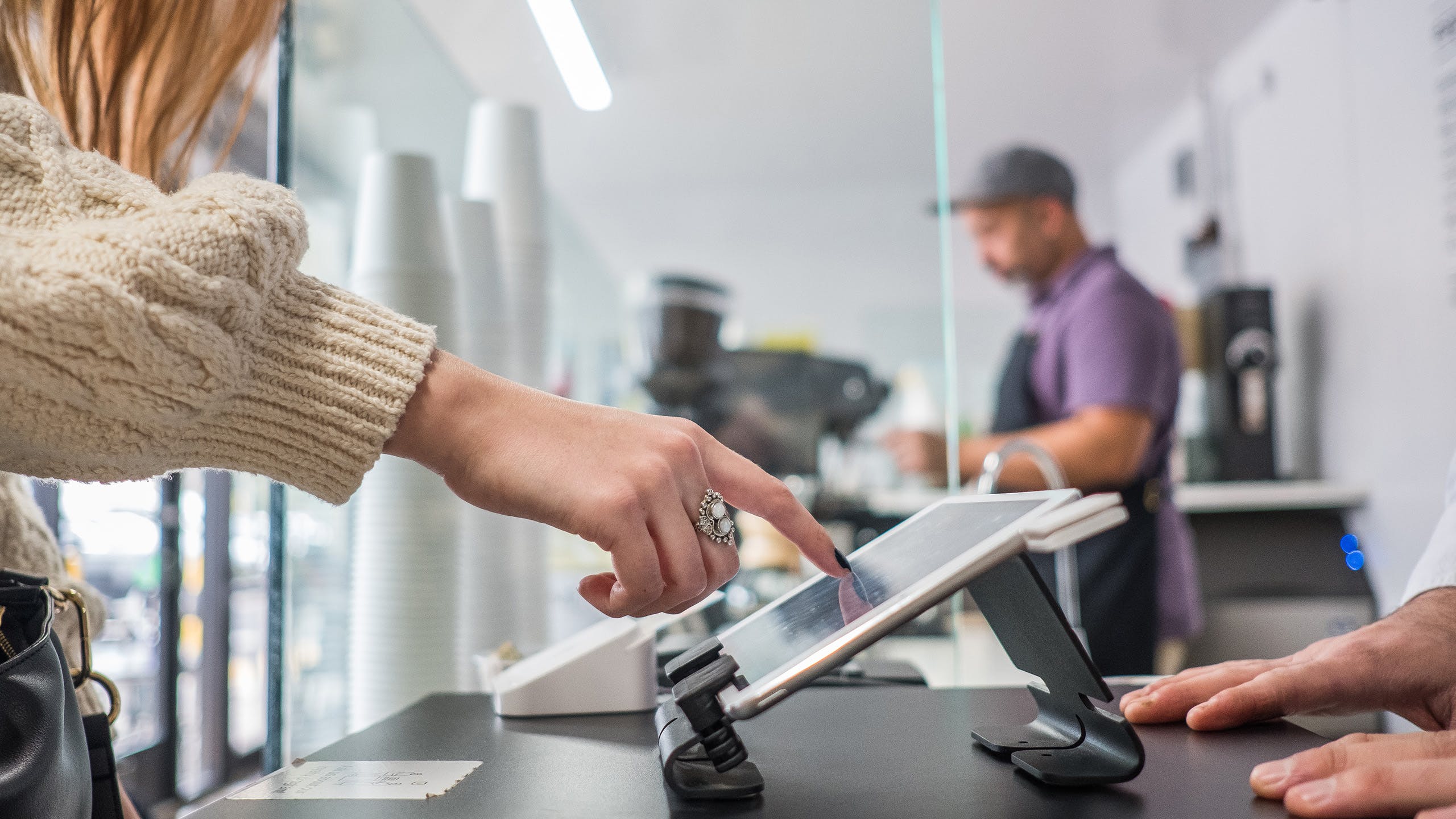[ad_1]
Paying for shopping bags was cited as a dealbreaker or major frustration by more consumers than any other checkout pain point we surveyed them about. A direct hit to the wallet makes the impact of these fees more tangible than other pain points. However, retailers have no control over bag fees in locales where they are mandated. According to the Retail Industry Leaders Association, seven states and numerous local governments have bag fee legislation or ordinances in place.i
Some pain points relate directly to consumers’ interactions with technology. A significant fraction of consumers frustrated by poor touchscreen responsiveness and hard-to-use technology. Consumers’ expectations of checkout technology are shaped by interactions with all kinds of technology. They expect touchscreens to work as well as their phones and to have an intuitive user interface. Retailers must consider these factors when selecting technology.
Consumers’ time is precious. Time spent waiting – and to a lesser extent time to check out – are important frustrations. Many things can impact wait times, including technology. Checkout technology that is slow – or not working at all – is a drain on consumers’ time. It is imperative that retailers select technology that is fast and reliable.
Fewer consumers are frustrated with extra time due to employee training, which they understand to be a necessity. Thus, technology that is easy to learn is less important to the customer experience but is still desirable to minimize the cost of training.
Among all the time-related pain points we asked about, directionally more Millennials express frustration than both younger and older generations. This is likely because Millennials, aged 27-42, are currently in a busy life stage, building careers and raising families.
Consumer Preferences During Retail Checkout
Consumers have preferences that impact their experience. Going beyond minimizing consumer pain points, technology should align with those preferences. Optimizing the checkout journey can be a challenge since not everyone has the same preferences. In particular, technology preferences differ by generation. This means there is value in offering consumers choices. On the other hand, reducing the choices consumers have to make streamlines the journey. Additionally, if offering choices requires an investment, retailers targeting a narrow demographic may realize less value from the investment. How these nuances play off each other for any specific retailer can be understood via customer experience research.
One area where preferences vary is self-checkout. Consumers generally prefer self-checkout, but that preference is stronger among Gen Zs and Millennials than older generations. In fact, more Baby Boomers prefer checking out with a cashier than self-checkout. Across generations a significant fraction has no preference. This gives retailers some flexibility and allows them to minimize staff costs by moving toward self-checkout.
[ad_2]
Source link







